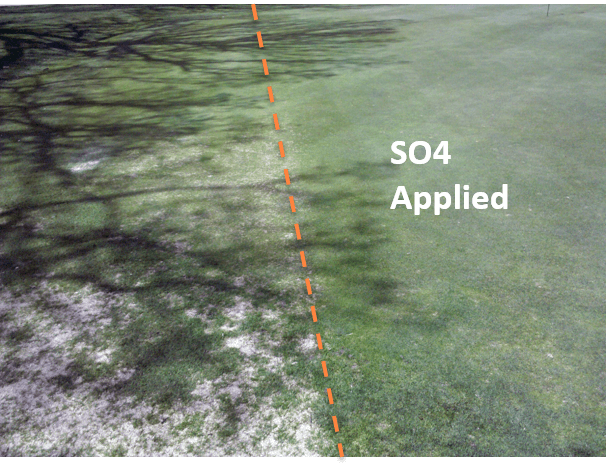Education
Minimize Snow Mold Damage

Perfect conditions for snow mold
La Nina winters typically result in colder, wetter conditions in the Midwestern United States. Combined with the relatively warm and dry November we’ve experienced, perfect conditions for snow mold development could be present this year. When the ground is not thoroughly frozen prior to long-term snow coverage, snow mold tends to flourish.
There are two types of snow mold, gray and pink. Gray is caused by Typhula fungal species, while pink is caused by Microdochium nivale, which tends to be more active in cool (30-50 deg F) and wet conditions.
Recuperate from and avoid snow mold
Generally speaking, snow mold isn’t considered a disease that will completely wipe out a stand of turf, and typical management practices in spring will allow turf to recover from snow mold damage fairly quickly. However, it can be unsightly and certainly can cause extensive damage, affecting turf playability early in the season. If the damage is too severe, overseeding and fertilizer can be used in the spring for recuperation.
Some suggestions for minimizing problems with snow mold:
- Avoid excess nitrogen applications in fall
- Maintain the same mowing height through the fall months
- Mitigate thatch layer with cultural practices
- Maintain a clean turf surface (leaves, etc.)
- Apply fungicides in the fall on high-value turf areas
Treating snow mold damaged turf with SO4 pelletized gypsum
Calcium is a nutrient that is known for building up resiliency in plants. This is largely due to its integration into cell walls, helping provide defense against insect and pathogen infection.
Although not typically recommended as a preventive treatment for snow mold, we have observed that SO4 applications can result in less damage to applied areas compared to areas that received no treatment (view above photo).
Care for turfgrass going into winter
The best thing you can do for your turf is to maintain appropriate fertility and mowing and keep your turf clean of debris going into winter. This limits the ability of fungal pathogens to feed off decaying turf tissue, other debris, and unused fertilizer.
Fungicides that include the following active ingredients can also be used to prevent snow mold infection: PCNB, iprodione, DMI class, strobilurin, and thiophanate-methyl. As always, consult with your local extension office on how to decide on the best product for your situation.
